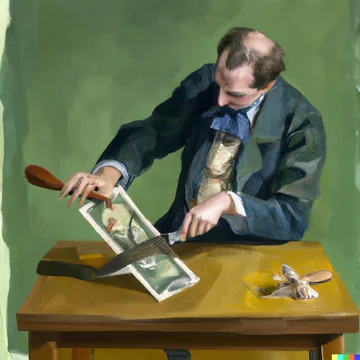
We've talked before about how the free ride on sealed filings is starting to end. Late last week, we got another reminder of that from Chief Judge Connolly.
In WSOU Investments, LLC v. SalesForce, Inc., C.A. No. 23-27-CFC (D. Del. Feb. 23, 2023), one of the parties filed a "motion for leave to file under seal" some of its briefing, exhibits, and—notably—its Rule 7.1 statement.
The case is a small miscellaneous action seeking to compel discovery relating to a W.D. Tex. patent action.
In response to the motion for leave to file under seal, Chief Judge Connolly elected to review all sealed filings on the docket. He went so far as to follow up with the judge in the underlying W.D. Texas action:
WSOU's motion for leave to file under seal prompted me to review all the filings the parties have maintained under seal to date.
I started with the parties' briefs (D.I. 3; D.I. 16; D.I. 20); and, because the parties justified the sealing of those briefs in part because the briefs quote from a sealed discovery hearing conducted by Judge Gilliland in the Western District of Texas, I shared copies of the briefs with Judge Gilliland to get his views on the appropriateness of maintaining the briefs under seal. I determined, and Judge Gilliland agreed, that no good cause exists ...






